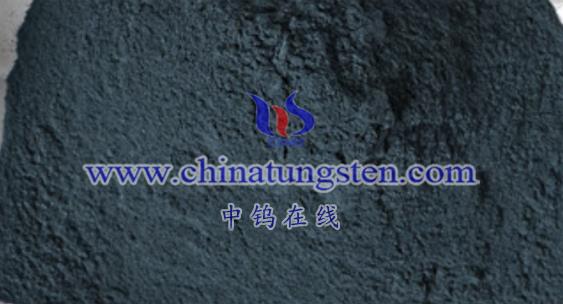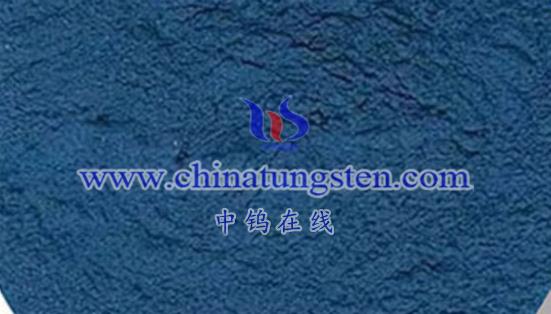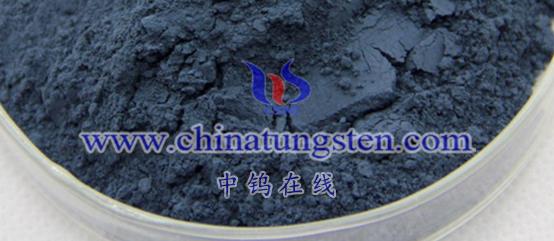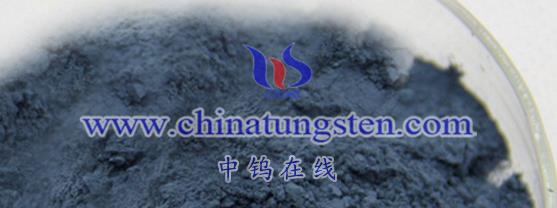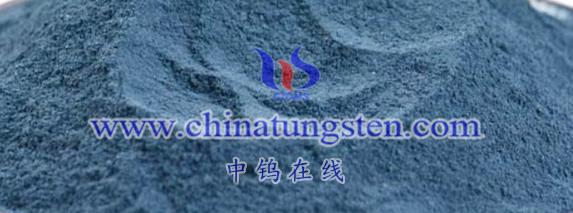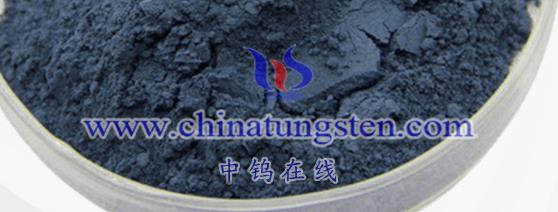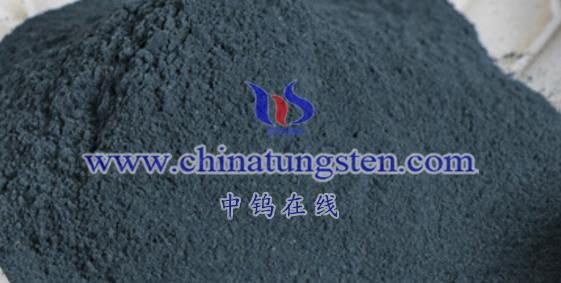
Tungsten oxide nanoparticles have a wide range of applications in the field of photocatalysis, primarily due to their high surface area, chemical stability, catalytic activity, oxidizing ability, and excellent properties such as gas sensitivity, photochromism, and electrochromism. Here are some of the main applications of tungsten oxide nanoparticles in photocatalysis:
- Air Purification
Tungsten oxide nanoparticles excel in air purification. Photocatalytic technology can directly utilize oxygen from the air as an oxidizing agent to effectively decompose organic pollutants both indoors and outdoors. They can oxidize and remove nitrogen oxides, sulfur compounds, and various odors from the atmosphere. As a photocatalyst, tungsten oxide nanoparticles can remove air pollutants under mild reaction conditions using water vapor and oxygen from the air, thereby improving air quality. Additionally, they can be employed for the photocatalytic degradation of industrial waste gases, reducing environmental pollution from industrial emissions.
- Water Treatment
In the water treatment sector, tungsten oxide nanoparticles also play a significant role. Through photocatalytic reactions, they can degrade organic pollutants in water and improve water quality. For example, in the treatment of dye wastewater, tungsten oxide nanoparticles can act as a photocatalyst to decompose dyes in the wastewater into harmless substances like carbon dioxide, water, and nitrogen gas, thereby lowering the chemical oxygen demand (COD) and color of the wastewater. Furthermore, they can be utilized in the treatment of radioactive water pollution, where their surface oxygen vacancies and functional groups can effectively adsorb and remove radioactive nuclides.
- Photocatalytic Hydrogen Production
Photocatalytic hydrogen production is another important application of tungsten oxide nanoparticles in photocatalysis. Under illumination, tungsten oxide nanoparticles can absorb light energy and generate photo-induced electrons and holes. These photo-induced electrons can participate in water splitting reactions, reducing hydrogen ions in water to hydrogen gas. Therefore, tungsten oxide nanoparticles are considered a promising material for photocatalytic hydrogen production. By optimizing the structure and properties of tungsten oxide nanoparticles, their efficiency and stability in photocatalytic hydrogen production can be further improved.
- Photocatalytic Reduction of Heavy Metal Ions
Tungsten oxide nanoparticles can also be used for the photocatalytic reduction of heavy metal ions. Under light conditions, the photo-induced electrons on the surface of tungsten oxide nanoparticles can reduce heavy metal ions (such as lead ions and cadmium ions) in water, transforming them into metallic elements or low-valence compounds. This process helps reduce the environmental pollution and hazards posed by heavy metal ions.
- Other Applications
In addition to the aforementioned applications, tungsten oxide nanoparticles have several other potential uses in photocatalysis. For instance, they can be utilized for the photocatalytic degradation of pesticide residues and for bactericidal and disinfection purposes. These applications demonstrate the broad applicability and significance of tungsten oxide nanoparticles in the field of photocatalysis.
Summary
Tungsten oxide nanoparticles have diverse applications in photocatalysis, including air purification, water treatment, photocatalytic hydrogen production, and photocatalytic reduction of heavy metal ions. These applications not only contribute to environmental improvement and resource utilization efficiency but also showcase the immense potential and commercial value of tungsten oxide nanoparticles in the photocatalytic field.
More details of tungsten oxide product, please visit website: tungsten-oxide.com
Please contact CHINATUNGSTEN for inquiry and order of tungsten oxide:
Email: sales@chinatungsten.com
Tel.: 86 592 5129595
